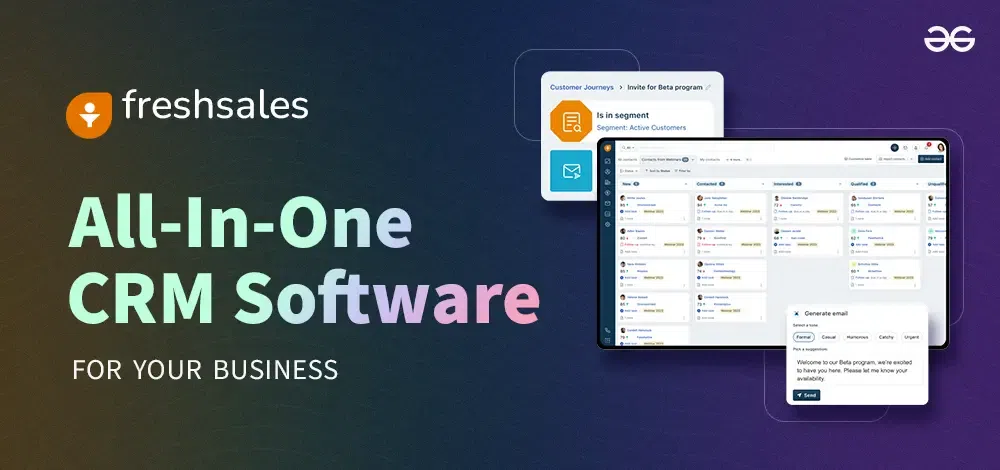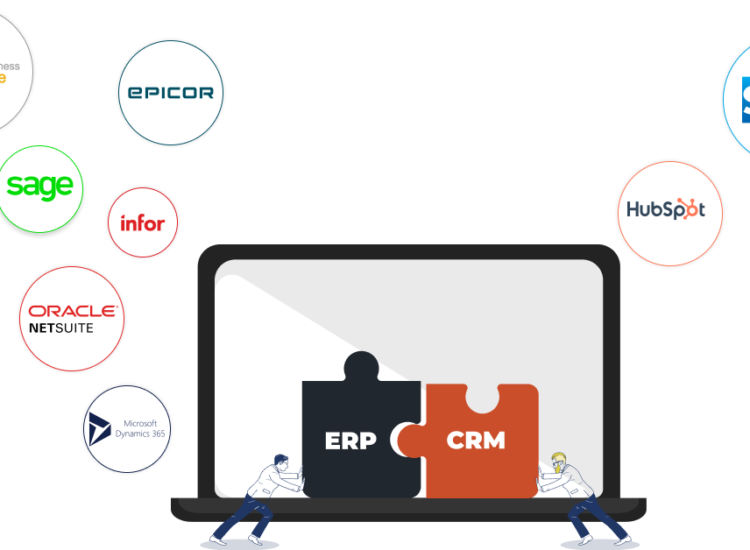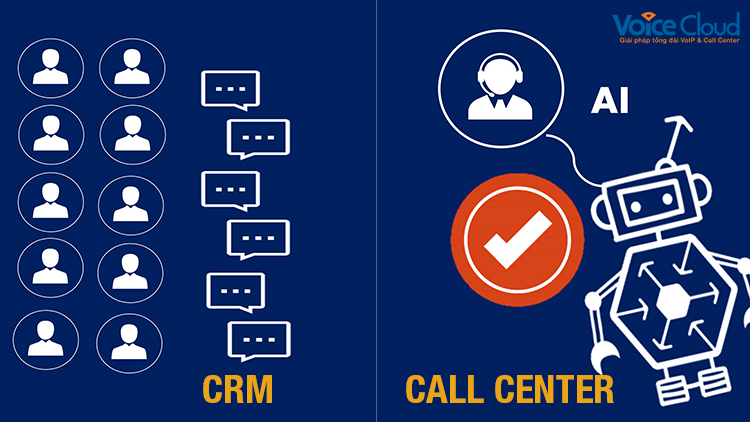The demand for scalable and efficient machine learning platforms is skyrocketing as businesses across industries seek to harness the power of AI. Google Cloud AI Platform stands out for its ability to handle large datasets and complex models, leveraging powerful hardware like TPUs to deliver unparalleled performance. However, the platform’s reliance on Google Cloud infrastructure can pose challenges for organizations with existing on-premises systems or specific security requirements.
Toc
- 1. Understanding Google Cloud AI Platform
- 2. Related articles 01:
- 3. Benefits for Data Scientists
- 4. Leveraging AutoML for Efficient Model Creation
- 5. Scaling Machine Learning with Distributed Training and TPUs
- 6. Deploying and Managing Models with Google Cloud AI Platform
- 7. Integrating Google Cloud AI Platform with Other Services
- 8. Current Trends
- 9. Frequently Asked Questions
- 10. Conclusion
- 11. Related articles 02:
Understanding Google Cloud AI Platform

Google Cloud AI Platform is a versatile and powerful cloud-based service tailored for data scientists and machine learning engineers. It provides a comprehensive suite of tools designed to facilitate the entire machine learning lifecycle, from data preparation through model deployment and monitoring. This platform is not only user-friendly but also scalable, making it suitable for a wide range of machine learning tasks, whether you are developing simple models or complex algorithms.
Key Features and Services of Google Cloud AI Platform
The Google Cloud AI Platform offers a variety of features and services that cater to the diverse needs of data scientists:
AI Platform Notebooks
This feature provides a managed JupyterLab environment, fostering collaborative coding and experimentation. It allows data scientists to focus on creativity and innovation rather than infrastructure management.
AI Platform Training
Harnessing the robust infrastructure of Google Cloud, this service equips users with the necessary tools for training and deploying machine learning models at scale. It utilizes advanced hardware accelerators like GPUs and TPUs to enhance performance and efficiency.
AI Platform Prediction
This service simplifies the deployment and serving of trained models for both real-time and batch predictions. It ensures that machine learning models can be seamlessly integrated into applications, providing valuable insights at scale.
AI Platform Pipelines
This framework supports the creation and management of end-to-end machine learning workflows. By streamlining processes from data preparation to model deployment, it enhances the overall efficiency of machine learning projects.
AI Platform Data Labeling
With intuitive tools for labeling and preparing datasets, this feature simplifies a crucial step in the machine learning process, making it easier for data scientists to prepare their data for modeling.
2. https://fordlangha.com.vn/mmoga-the-best-crm-for-consultants-boost-your-sales-efficiency-in-2024
5. https://fordlangha.com.vn/mmoga-the-best-crm-for-small-businesses-a-comprehensive-guide
Benefits for Data Scientists

Utilizing the Google Cloud AI Platform can significantly enhance the productivity and effectiveness of data scientists and machine learning engineers:
Accelerated Model Development
Features like AutoML and distributed training drastically reduce the time it takes to develop models. This allows data scientists to concentrate on innovation and creativity instead of spending excessive time on infrastructure management. For example, in a recent case study, a retail company used Google Cloud AI Platform’s AutoML Vision to develop a model for identifying products in images. They were able to achieve an accuracy of over 95% on their dataset, which significantly improved their product search and recommendation capabilities. The process was streamlined as AutoML handled feature engineering and hyperparameter tuning, allowing data scientists to focus on interpreting the results and deploying the model.
Scalability and Performance
The platform’s capability to manage large datasets and complex models, thanks to powerful hardware such as TPUs, empowers data scientists to tackle even the most challenging machine learning workloads efficiently. TPUs are particularly effective for training large language models (LLMs), which are becoming increasingly popular for tasks like text generation, translation, and question answering. For instance, Google’s own PaLM 2 LLM, a model with billions of parameters, was trained on TPUs, demonstrating the platform’s ability to handle computationally intensive workloads.
Collaboration and Workflow Management
Google Cloud AI Platform’s integrated tools promote seamless collaboration among team members, enabling effective management of the entire machine learning lifecycle, from ideation to deployment.
Integration with Google Cloud Ecosystem
The platform’s integration with other Google Cloud services, including BigQuery, Cloud Storage, and Dataflow, allows for the creation of end-to-end data pipelines and workflows. This synergy enhances the overall functionality and efficiency of machine learning projects.
Leveraging AutoML for Efficient Model Creation

One of the standout features of the Google Cloud AI Platform is its AutoML capabilities, which empower data scientists to build custom machine learning models with minimal coding effort.
AutoML Services and Use Cases
- AutoML Vision: This service facilitates the development of models for image classification, object detection, and video analysis, catering to a wide range of visual recognition applications.
- AutoML Natural Language: Focused on natural language processing, this service enables the creation of text classification, sentiment analysis, and entity extraction models, addressing various language-based tasks.
- AutoML Tables: Designed for structured tabular data, this service is ideal for business intelligence and predictive analytics use cases.
Benefits of AutoML for Data Scientists
- Reduced Coding Effort: AutoML automates critical tasks such as feature engineering and hyperparameter tuning, alleviating the burden on data scientists and streamlining the model creation process.
- Accessibility for Non-Experts: By simplifying model creation, AutoML opens the door for individuals without extensive machine learning expertise to leverage AI, thereby broadening the scope of AI applications across organizations.
- Faster Time to Insights: The expedited model development process facilitated by AutoML allows data scientists to quickly iterate and deploy models, leading to faster insights and a more significant business impact.
- Improved Model Accuracy: Thanks to advanced algorithms and optimization techniques, AutoML models often achieve high accuracy, even when working with limited datasets.
Scaling Machine Learning with Distributed Training and TPUs

The capabilities of Google Cloud AI Platform extend beyond efficient model creation; it also allows data scientists and ML engineers to scale their machine learning workloads effectively.
Distributed Training on Google Cloud AI Platform
By utilizing distributed training, Google Cloud AI Platform harnesses parallel processing to accelerate the training of large-scale machine learning models. This approach involves partitioning the training data and model across multiple machines or GPUs, leading to faster convergence and the ability to handle more complex models and larger datasets.
Harnessing the Power of TPUs
Tensor Processing Units (TPUs) are specialized hardware accelerators explicitly designed for machine learning tasks. Google Cloud AI Platform provides seamless access to TPUs, allowing data scientists to leverage their exceptional performance and efficiency when training deep learning models with extensive datasets. While TPUs offer impressive performance, they can be expensive, and their specialized nature may limit their applicability to certain types of models. For tasks that don’t require the extreme computational power of TPUs, using GPUs or even CPUs might be more cost-effective.
Deploying and Managing Models with Google Cloud AI Platform

Once machine learning models are developed, the Google Cloud AI Platform offers robust deployment and management capabilities to ensure their continuous operation and optimization.
Model Deployment Options
- Real-time Prediction: The platform enables the deployment of models for real-time predictions, allowing applications to leverage the models through REST APIs or gRPC.
- Batch Prediction: For processing large datasets efficiently, Google Cloud AI Platform supports batch prediction, enhancing scalability.
Model Versioning and Rollbacks
Maintaining a versioned history of models and the ability to roll back to previous versions are essential for effective model management, ensuring the reliability of deployed models.
MLOps and Model Monitoring
Google Cloud AI Platform adopts a comprehensive approach to machine learning operations (MLOps) and model monitoring, ensuring the reliability and effectiveness of deployed models. Key aspects include:
- MLOps Best Practices: The platform offers tools and guidance to implement MLOps principles, streamlining the management of the entire machine learning lifecycle.
- Model Performance Monitoring: Data scientists can closely monitor the performance of their deployed models, identifying issues and ensuring ongoing accuracy.
- Alerting and Notifications: The platform provides mechanisms for setting up alerts and notifications, enabling proactive responses to changes in model performance and data drift.
Google Cloud AI Platform also emphasizes responsible AI practices. Features like Model Cards and AI Explainability allow users to understand model behavior and mitigate potential biases, ensuring ethical and fair AI development.
Integrating Google Cloud AI Platform with Other Services

The true potential of Google Cloud AI Platform is realized through its seamless integration with other Google Cloud services, allowing data scientists and ML engineers to construct end-to-end machine learning workflows.
Leveraging the Google Cloud Ecosystem
- BigQuery: Integrating with BigQuery facilitates efficient data processing and preparation for machine learning tasks, enabling data scientists to analyze large datasets seamlessly.
- Cloud Storage: Seamless integration with Cloud Storage allows data scientists to effortlessly store and manage training data, creating a streamlined data pipeline for efficient model development.
- Dataflow: By leveraging Dataflow, data scientists can utilize the platform’s data processing and transformation capabilities to streamline their machine learning workflows.
- Cloud Functions: The integration with serverless Cloud Functions allows for the creation of event-driven applications that can be triggered by model predictions or other ML-related events, enhancing the responsiveness of applications.
Current Trends
Generative AI on Google Cloud AI Platform
Generative AI, a recent trend in machine learning that exploded in popularity in late 2022, focuses on creating new content, such as text, images, and code. Google Cloud AI Platform is well-equipped to support generative AI models, offering tools and services like Vertex AI, which provides a managed environment for training and deploying these models. For example, the platform can be used to train and deploy text-to-image models, like Stable Diffusion, enabling users to create realistic images from text prompts.
Frequently Asked Questions

Q: What are the pricing options for Google Cloud AI Platform?
A: Google Cloud AI Platform provides flexible pricing models, including pay-as-you-go options and committed use discounts, allowing users to scale their usage and costs based on their specific needs.
Q: How do I get started with Google Cloud AI Platform?
A: To begin your journey with Google Cloud AI Platform, create a Google Cloud account and access the platform via the Google Cloud Console. The platform offers extensive documentation, tutorials, and sample code to assist you in setting up and using its various services.
Q: What are some best practices for building and deploying machine learning models on Google Cloud AI Platform?
A: Best practices include selecting the appropriate model architecture, optimizing hyperparameters, monitoring model performance, and adhering to MLOps principles to ensure the reliability and effectiveness of your deployed models.
Conclusion
Google Cloud AI Platform is an invaluable resource for data scientists and machine learning engineers. It streamlines the entire machine learning lifecycle, accelerates model development, and provides scalable solutions for managing and deploying models. By harnessing its features and integrations with the Google Cloud ecosystem, you can unlock new levels of productivity, scalability, and business impact. Start exploring Google Cloud AI Platform today and elevate your machine learning journey to new heights.











Leave a Reply